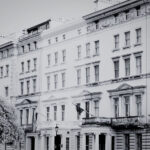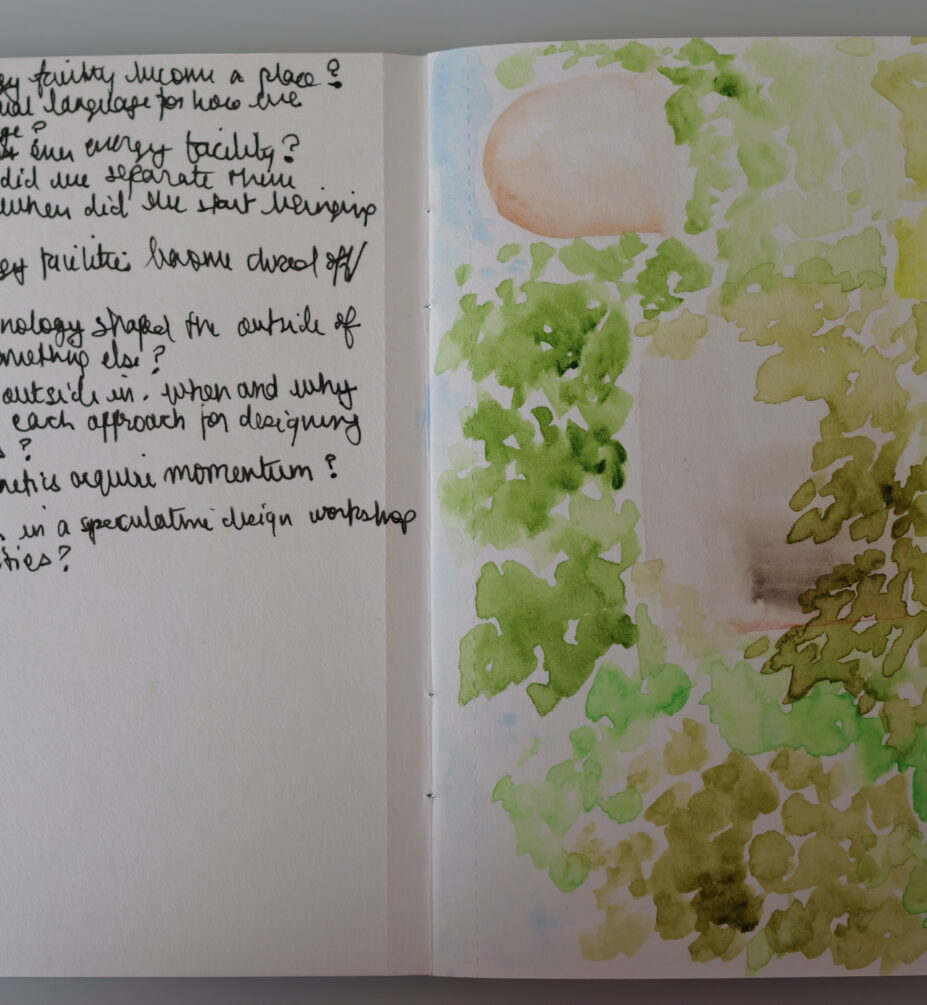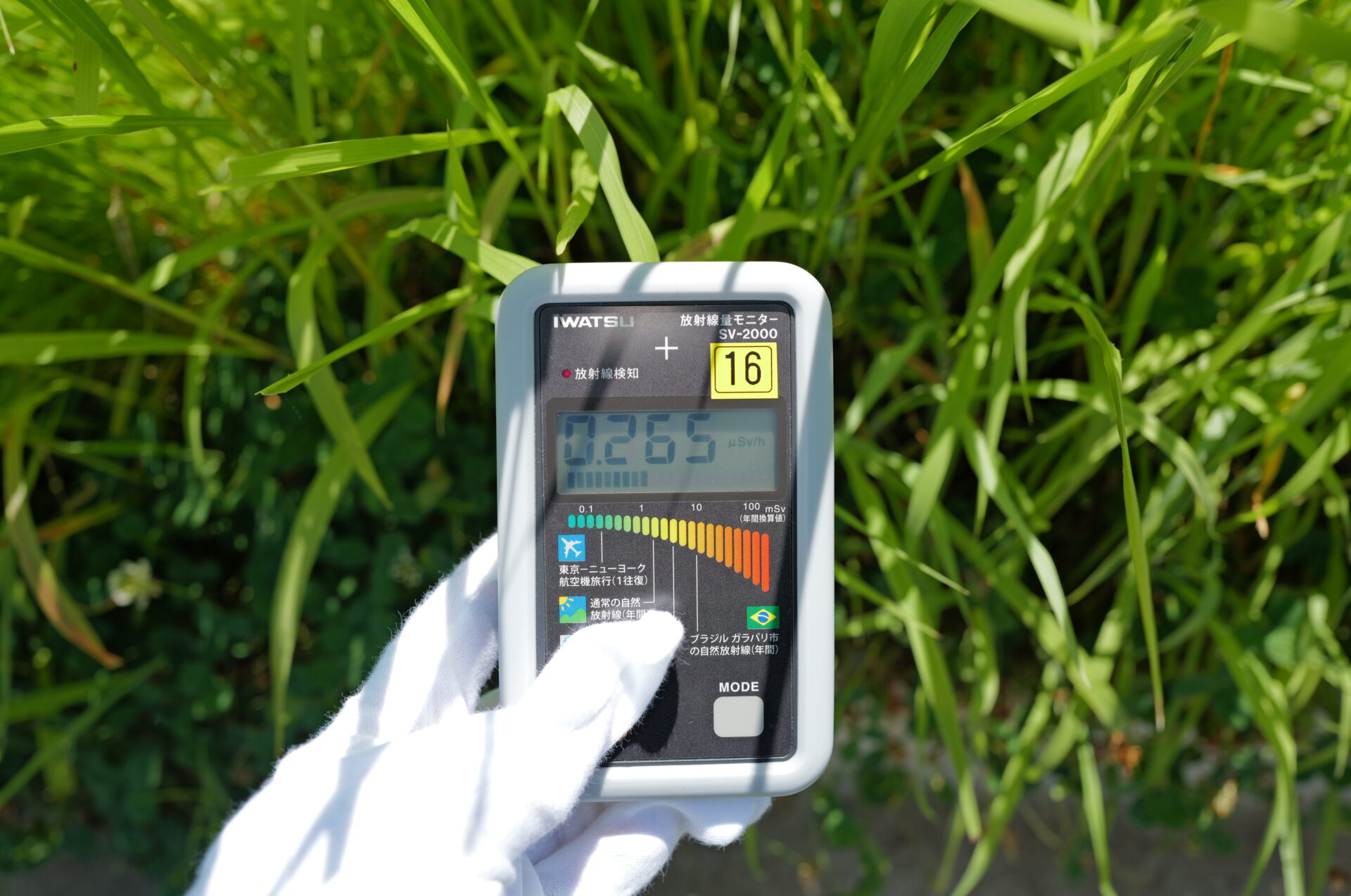Fourteen and a half years ago, in March 2011, a triple disaster struck off the East Coast of Japan — an earthquake measuring over 9 on the Richter scale, a massive tsunami whose waves rose to 40m (131 feet), and a nuclear accident that destroyed the Fukushima Daiichi nuclear plant. This was a complex accident brought about by the loss of electricity supply to the plant, submergence of the plant’s emergency diesel generators when the tsunami waves surged over the seawall, and ultimately the loss of cooling of the reactor fuel, and hydrogen explosions. In many ways, the accident is not over. It is still unfolding.
Radiation is part of daily life in Fukushima. Here, the presence of radioactivity — particularly in areas that have not been decontaminated — in the soil, in the grass and plants, even in insects, shapes where people can live (or in most cases, where they can no longer live), where they go (or not and for how long), where and how they work (and what they do for work), and who they can be. Radiation detectors appear next to traffic lights, showing the dose in microsieverts per hour.
A radiation detector in a school yard shows a reading of 2.2 microsieverts per hour. The school was evacuated soon after the earthquake. A clock on a school tower tells the time — 2:46 pm — when the earthquake struck and the school ceased to be a place of learning. It is now a memorial. Rather than demolish it, it has been left intact, frozen in time as a reminder of what was lost.
































